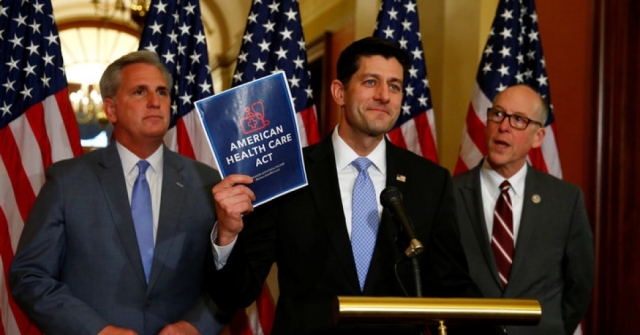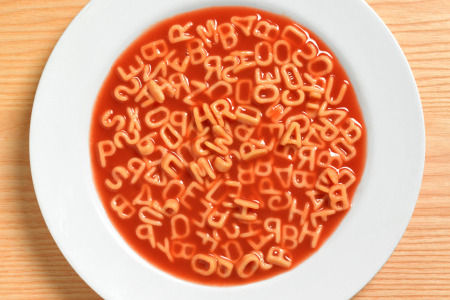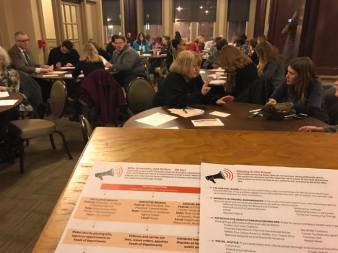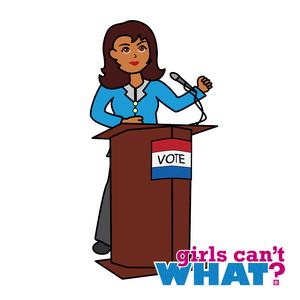By Molly Toth, Advocacy and Special Projects Coordinator
I was driving with my 11-year-old Little Sister [shout out to Big Brothers Big Sisters of the Mahoning Valley!], Olivia, in the car with me, heading to the mall for an afternoon of window shopping and food court grazing. Even with the election more than three months away, the political signs are plentiful and hard to ignore, dotting the neatly manicured lawns.
I was lost in thought when suddenly, Olivia piped up. “I got to be alive to see the first Black President,” she said. “And either way, I get to be alive to see someone who is a woman or someone who is Jewish nominated to be President. That’s pretty cool.”
This was last week, just a few nights before Hillary Clinton was formally nominated to be the Democratic candidate for President. Until that moment, I truthfully hadn’t given too much thought to the historic nature of this election. I have had the good fortune of growing up in a world that benefited from the Women’s Rights Movement of my mother’s generation—there has never been a doubt in my mind that women could do anything. The question has never been can she do it, only a matter of when.
As I listened to Olivia recount all of her research on the Presidential candidates (incredibly thorough and thoughtful, rivaling that of many adults I know), I thought back to the first time I voted in a Presidential Election.
I voted for President for the first time in 2008. I remember watching the results come in and the news channels all calling the election for Barack Obama. I recalled the enormity of that moment, the overwhelming feeling that this, what I was watching right then and there, this was history being made right before my eyes.
This week I watched the nomination process at the Democratic National Convention with tears in my eyes, as state after state put forward their support for a woman candidate. I watched later as a video played, showing the slow progression of 43 white, male Presidents until coming to a stop at our 44th president, an African American man. Then, without warning, the glass ceiling on the screen shattered, revealing the first woman officially nominated by a major party to serve as a candidate for President of the United States.
In an interview with the Arizona Republic, 102-year-old Geraldine “Jerry” Emmett shares her memories of the first election after women had won the right to vote. “All the little old ladies, with their gloves and everything, were so excited. Most of the men were, too – a lot of the women would tell their husbands how to vote. This way was just … right.”
And now, nearly a century later, this woman who can recall a time when women stayed home on Election Day, is set to cast her vote in an election where for the first time in history, a woman’s name will appear under “Candidate for President of the United States of America.” To quote my little sister, that’s pretty cool.
At YWCA Warren, we don’t endorse candidates or wade too far into politics. We do, however, wholeheartedly encourage more women to run for office across the political spectrum, at all levels of government, and advocate for policies that benefit women and families, things like paid parental leave, paid sick days, and increasing access to health insurance. We know that when we have a diversity of voices contributing to the conversation, the conversation is richer, solutions to problems are more comprehensive, and everyone benefits.
While Olivia rattled off her observations on the election from the passenger seat, my mind drifted back to the third grade, when one day at recess I stated in no uncertain terms that I wanted to be President, and a little boy told me, “Girls can’t be presidents!” I remember how crushed I felt, my hands balled up into little fists, desperate to prove him wrong but unable to point to a single example of a girl President. At that point, he was right.
Representation matters. You can’t be what you can’t see.
I thought about what it would mean for Olivia and all of the girls in our Girls’ Leadership program to see a woman running for President. To maybe even see a woman President. All of my hope for a just and good future is contained in the girl who rides shotgun with me to the mall on weekends, who chatters on about her family and her friends, who tells me what she wants to be when she grows up (an engineer!), who is smart and capable and could even be President… someday. I think about how incredible it is that she, only a few years older than Jerry Emmett was when women gained the right to vote, will grow up in a world where a woman running for President will be the norm.
Jerry Emmett remembers a different world in her interview with the Republic:
“Oh, I never thought I’d see a woman in a presidential election. When I was growing up, women could be teachers, secretaries or nurses — and my mother was snubbed at our church for working at all. That a woman would have this role in the political process …” she trails off and shakes her head.
That certainly isn’t the case today. Now that’s pretty cool!


 When looking at the federal budget, it can start to look like alphabet soup. CDBG, ARC, SNAP, TANF… But this alphabet soup has a big impact on how organizations like YWCA Warren operate and how many people we can help.
When looking at the federal budget, it can start to look like alphabet soup. CDBG, ARC, SNAP, TANF… But this alphabet soup has a big impact on how organizations like YWCA Warren operate and how many people we can help.


